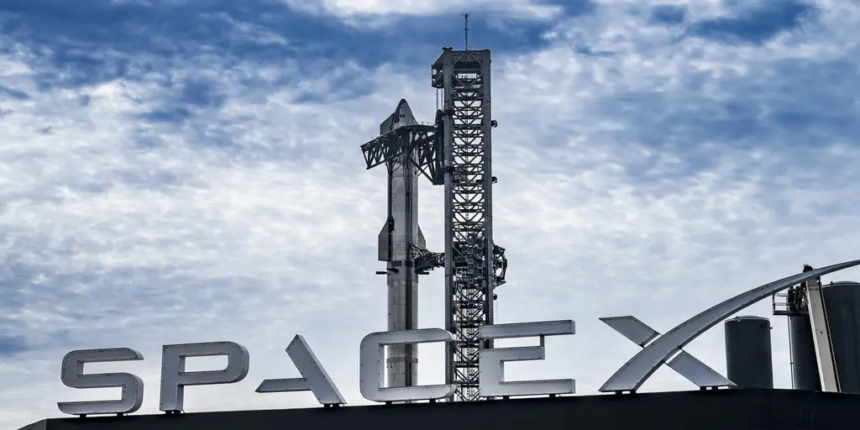- SpaceX’s Starship rocket completed a groundbreaking test flight.
- The launch was successful despite minor setbacks with the engines and heat shield tiles.
- Elon Musk acknowledged the heat shield system remains the biggest challenge.
Super heavy and starship make a splash
In a groundbreaking launch, SpaceX’s Starship rocket demonstrated its potential for full reusability.

The fourth test flight saw the Super Heavy booster and the Starship upper stage successfully return to Earth in controlled ocean splashdowns, marking a crucial milestone in the company’s quest to create the first-ever fully reusable rocket.
Heat shield tiles put to the test
Despite minor setbacks, including one out of 33 Raptor engines on the Super Heavy booster failing and the loss of many heat shield tiles on the Starship, the test went remarkably smoothly.
The novel “hot-staging” stage separation technique proved effective, and the “hot stage ring” between Starship and Super Heavy was jettisoned for the first time to reduce the booster’s weight during its return.

SpaceX intentionally replaced one of the 18,000 heat shield tiles on the Starship with a thinner version and removed two tiles completely to measure the heat exposure without tiles in those locations and test thermal protection options.
CEO Elon Musk acknowledged that the heat shield system remains the biggest challenge in Starship development, but the successful splashdown despite the damaged flap and lost tiles is a promising sign of progress.









